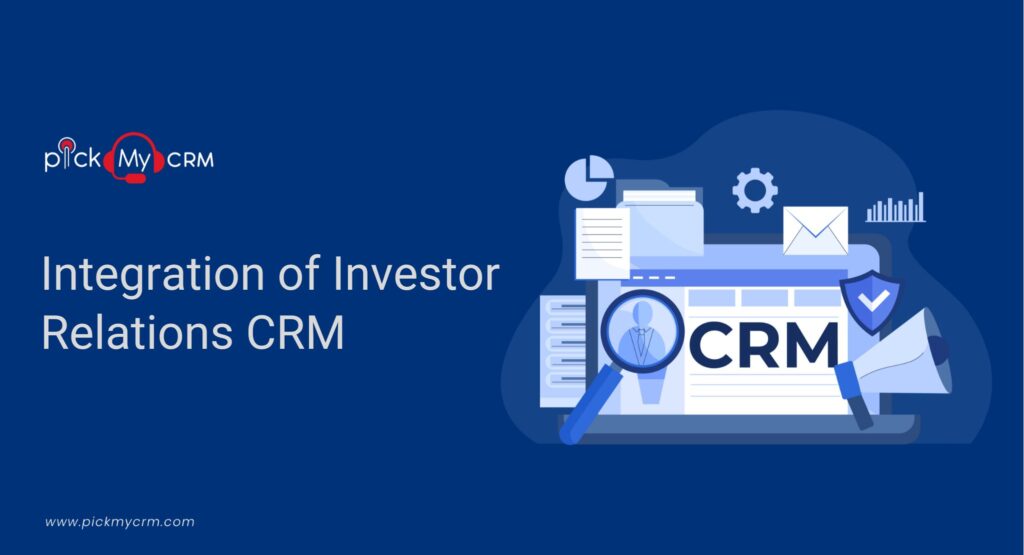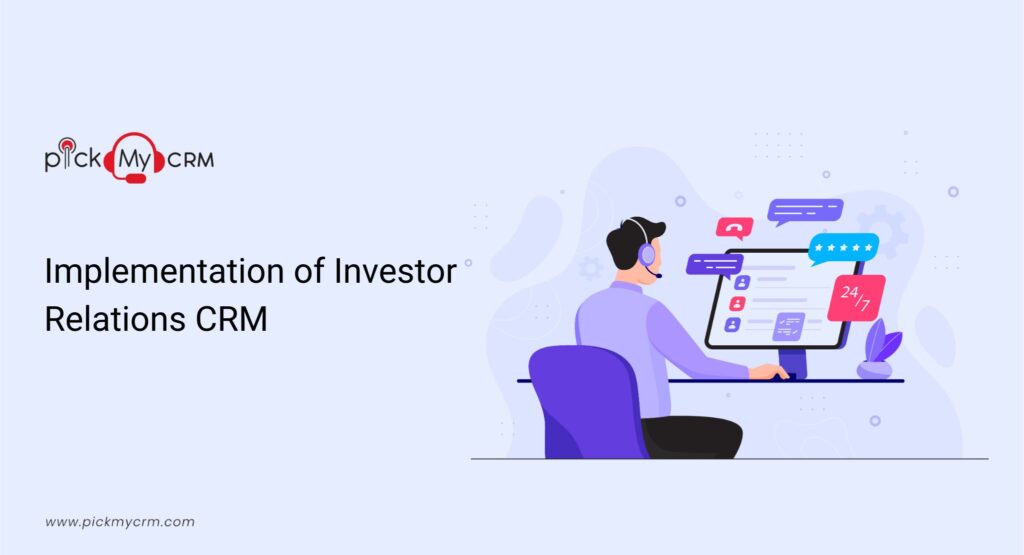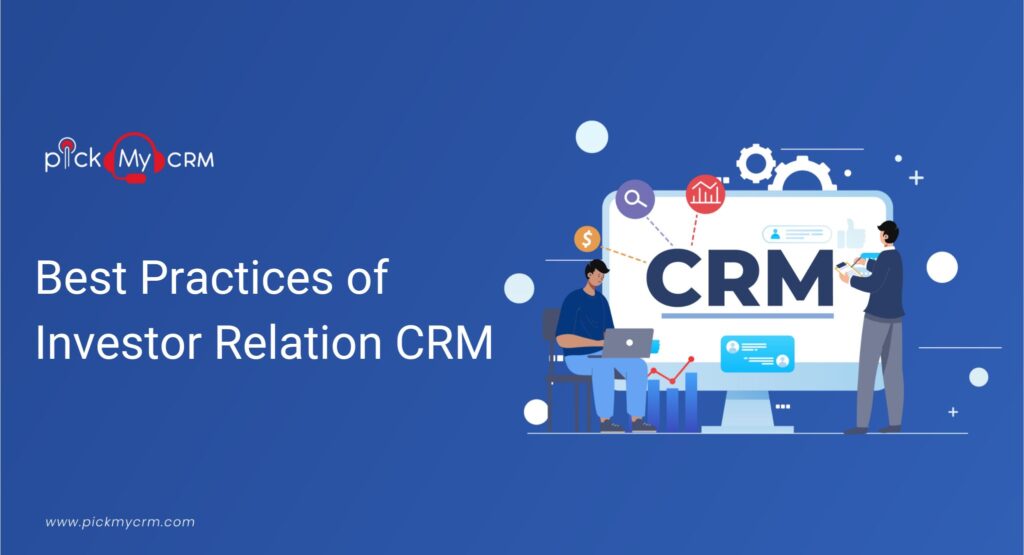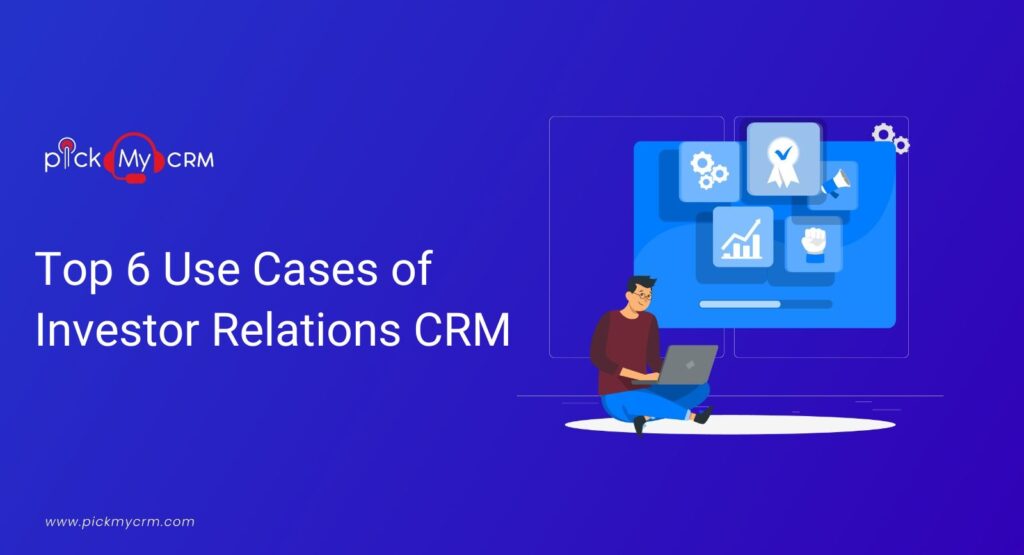Integration of Investor Relations CRM

What is an Investor Relations CRM?
An Investor Relations CRM is a specialized software solution designed to optimize investor interactions. In 2023, these systems have evolved to offer enhanced functionalities. They serve as centralized hubs for managing investor data, enabling personalized communication, and tracking engagement. These CRM systems have tailored features like real-time investor activity monitoring, stock performance analytics, and adherence to evolving regulatory requirements. Such advancements enable companies to foster trust and transparency, critical in today's financial environment.Investor Relations CRM Integrations:
The fusion of Investor Relations CRMs with other financial and communication platforms has reached new heights in 2023, enabling a holistic approach to investor relationship management. Up-to-the-minute integrations amplify CRM capabilities, granting companies comprehensive investor insights. Upgraded integrations include:- Real-time Financial Data Streams: In 2023, integrating real-time financial data streams has become even more crucial. These streams provide immediate access to market insights, stock prices, and economic indicators, enabling companies to tailor their strategies based on real-time data.
- Omni-Channel Communication Platforms: With communication diversifying, CRM integration with email clients, social media management tools, and even instant messengers is imperative. This ensures consistent messaging across various platforms, catering to the preferences of diverse investors.
- Virtual Event Management Tools: The post-2020 era has seen a surge in virtual events. Integrating event management tools into CRMs helps orchestrate successful virtual conferences, webinars, and roadshows, allowing companies to engage investors irrespective of their location.
- Advanced Analytics Engines: Analytics engines integrated with CRMs offer a deeper understanding of investor behavior. In 2023, AI-driven analytics decode intricate patterns, aiding companies in refining strategies for better alignment with investor expectations.
How to Integrate a CRM in Investor Relations?
The process of integrating a CRM into Investor Relations has advanced in 2023, given the technological strides. Follow these updated steps for seamless integration:- Needs Assessment and Future-Proofing: Consider not only the present needs of your Investor Relations team but also anticipate future requirements. Technology evolves rapidly, and an adaptable CRM can accommodate changing demands.
- Cutting-edge Vendor Evaluation: Choose a CRM vendor with a reputation for cutting-edge technology and forward-looking integrations. Consider AI and machine learning capabilities that can enhance investor insights.
- Data Mapping for Dynamic Environments: In 2023, data environments are dynamic. Establish flexible data mapping processes to accommodate changes in platforms and data sources while maintaining synchronization.
- Personalization and Automation: Advanced CRMs allow for more personalized experiences. Utilize automation to send personalized updates and reports to investors, enhancing engagement.
- AI-Powered Testing: Testing now incorporates AI algorithms that identify potential integration bottlenecks. This intelligent testing reduces glitches during the transition phase.
- Enhanced Training Methods: Leverage interactive training methods, such as augmented reality tutorials, for the integration process. This enhances user understanding of the new CRM's features.
- Continuous Monitoring and AI Support: Post-integration, AI-driven monitoring tools can proactively detect anomalies. This, coupled with AI-driven customer support, ensures minimal disruptions.



